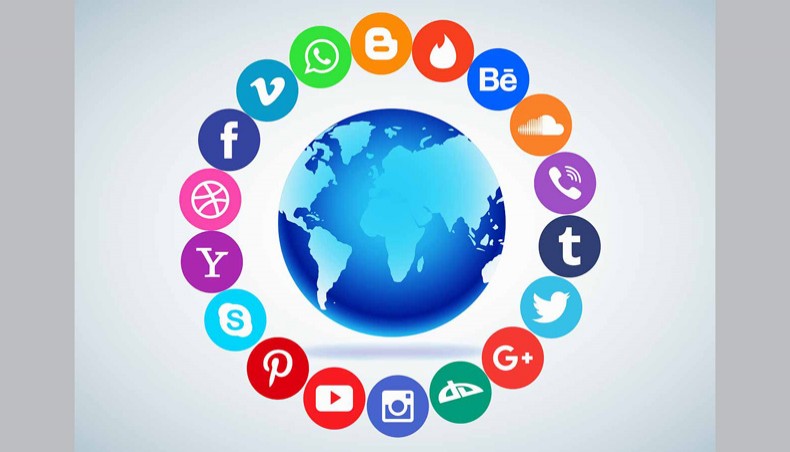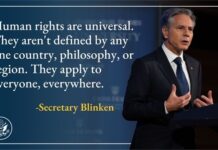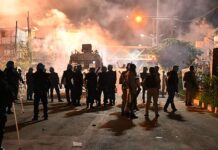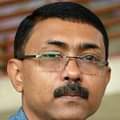
Afsan Chowdhury : SOCIAL media is overwhelming in its presence in Bangladesh and, practically, all issues are on social media, running from politics to sex. Most of those who have devices will turn to social media first before beginning the day and consume content till the end of the day. Hence, the reach of social media is, no doubt, very high.
Given the current political scenario with reduction in physical space for such activities and that too controlled by various regulations, the opposition is far more present on social media. A review of social media products also shows a great deal of political items with them grabbing a high level of attention. The ruling party also has products, but it is less viewed. Politics is more present digitally trough the recent change suggests otherwise, as street violence erupts.
Television has, of course, a twin presence since it is a great opportunity to showcase products to a multiple audience so that practically everything is broadcast there. Thus, the presence of social media is clearly very large, if not the largest. But what is the reach, the nature of access and their influence means in terms of wider society? Who is tuning to social media?
Profiling social media consumer world
HERE are some of the main points published in the ‘The state of digital in Bangladesh in 2023’:
— There were 66.94 million internet users in Bangladesh at the start of 2023, when internet penetration stood at 38.9 per cent.
— Bangladesh was home to 44.70 million social media users in January 2023, accounting for 26.0 per cent of the total population.
— A total of 179.9 million mobile connections were active in Bangladesh in early 2023, with the figure accounting for 104.6 per cent of the total population.
— Bangladesh’s total population was 172.1 million in January 2023, an increase of 1.8 million (+1.0 per cent) between 2022 and 2023.
— 50.4 per cent of Bangladesh’s population is female while 49.6 per cent of the population is male.
— At the start of 2023, 40.0 per cent of Bangladesh’s population lived in urban centres while 60 per cent lived in rural areas.
— There were 66.94 million internet users in Bangladesh in January 2023. Bangladesh’s internet penetration rate stood at 38.9 per cent of the total population at the start of 2023. Kepios analysis indicates that internet users in Bangladesh increased by 691 thousand (+1.0 per cent) between 2022 and 2023; 105.1 million people in Bangladesh did not use the internet at the start of 2023, suggesting that 61.1 per cent of the population remained offline at the beginning of the year.
Media consumption patterns
A CRITICAL indicator of socio-political awareness, influence and reach is generally covered by news on professional media. Private news channels come first with 50 per cent. Bangladesh Television news was the second most popular source with 44 per cent, followed by Facebook news with 28 per cent. Newspapers followed with 25 per cent. However, the access trend is negative towards these channels while Facebook is rising.
But a BIGD research report conducted on ‘citizenship’ issues says that people prefer to access multiple channels and only 4 per cent used Facebook as an exclusive news source. The report indicates that the digital divide is not just around gender as is conventionally discussed but socio-economic, too.
The internet users are around 40 per cent of the people; so, the majority are not users which makes it still a minority media platform. Internet users are mostly from the better income-earning and educated class though users from the lesser off classes are rising. But the bottom line is that almost 60 per cent are not in the internet space.
Social implications of the divide
WHILE the dominance of social media is not in doubt, we cannot say that it is universal. In fact, it does not get accessed by even the majority. While it is very inclusive in the sense that it is open to all and largely free, most are not using it. This makes the conclusion difficult to deny that the majority is still not connected to major issues of the day.
The given peculiarities of Bangladesh’s socio-economics are important. Eleven million people — all workers living abroad — are not participating in local socio-economics which accounts for a significant chunk of the aspirant middle class. But this is not the traditional middle class but a newly emerged one.
Similarly, social media is being increasingly accessed by the new middle but not yet by citizens living in poverty. The older, better off clearly hold sway and to that extent the tradition of privileged dominating society is continuing. However, the trends also indicate that a conflict of class, territory and culture is also on although non-violently indicating a large-scale transition is in progress.
Afsan Chowdhury is a researcher and journalist









